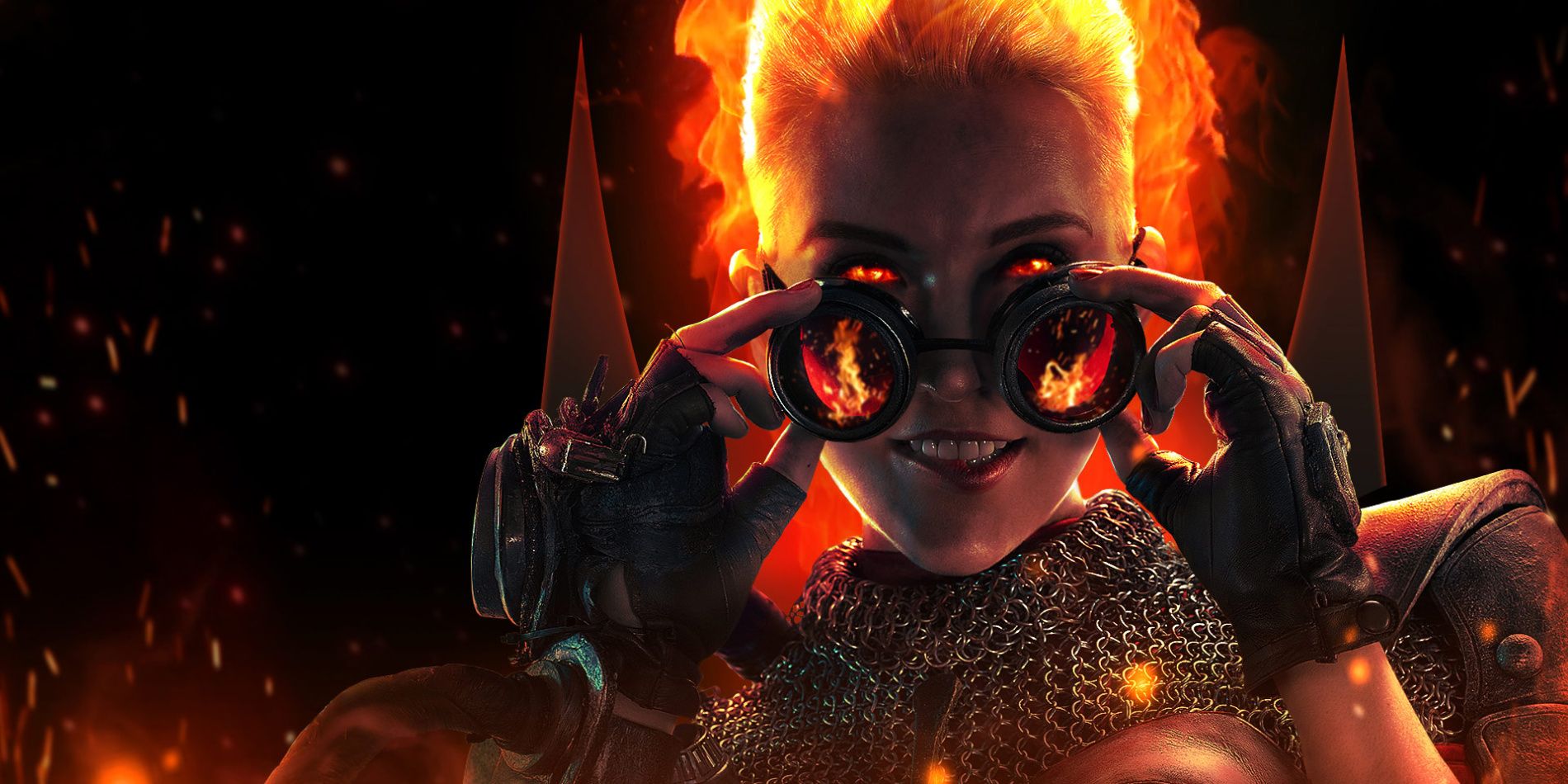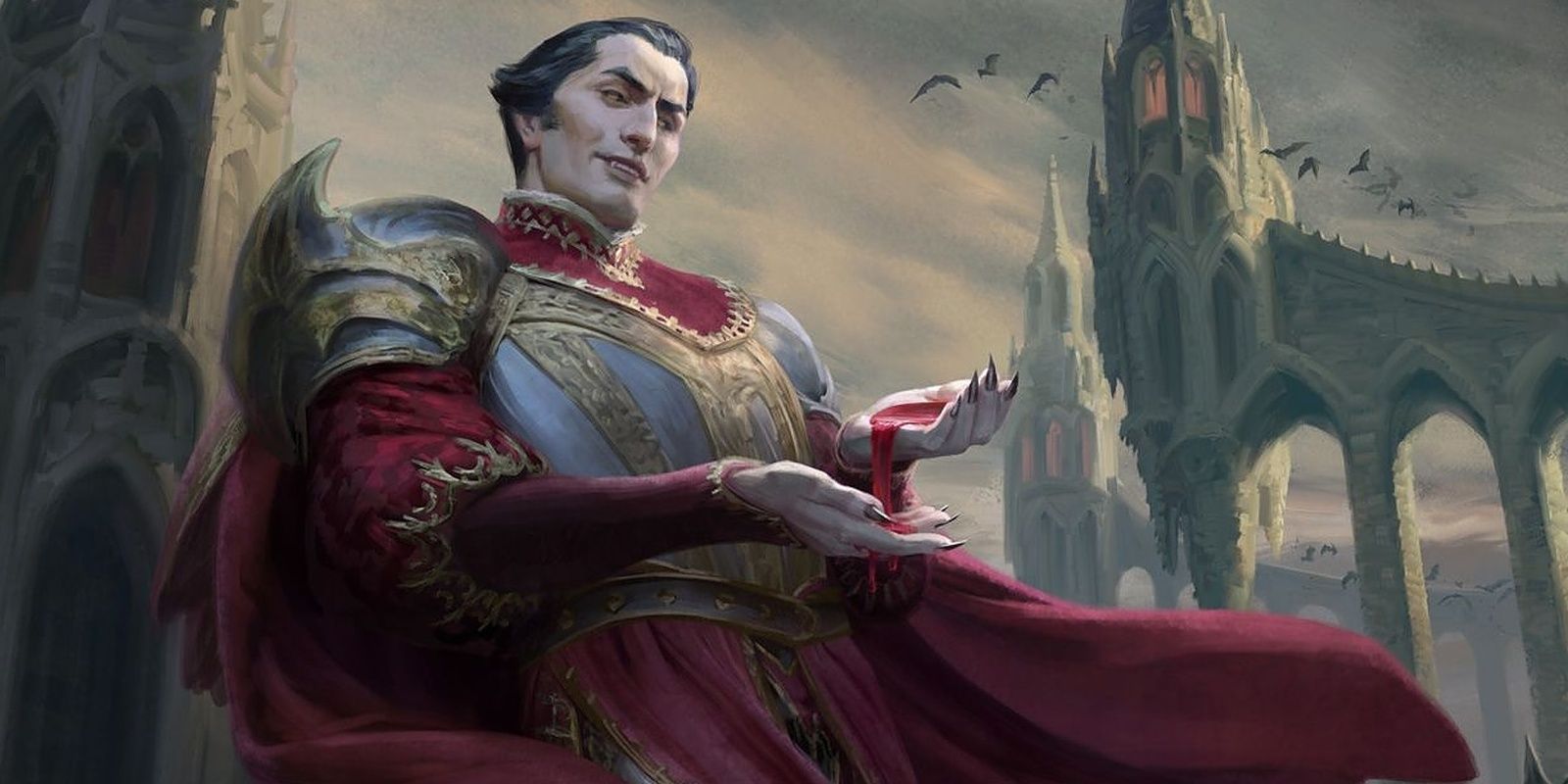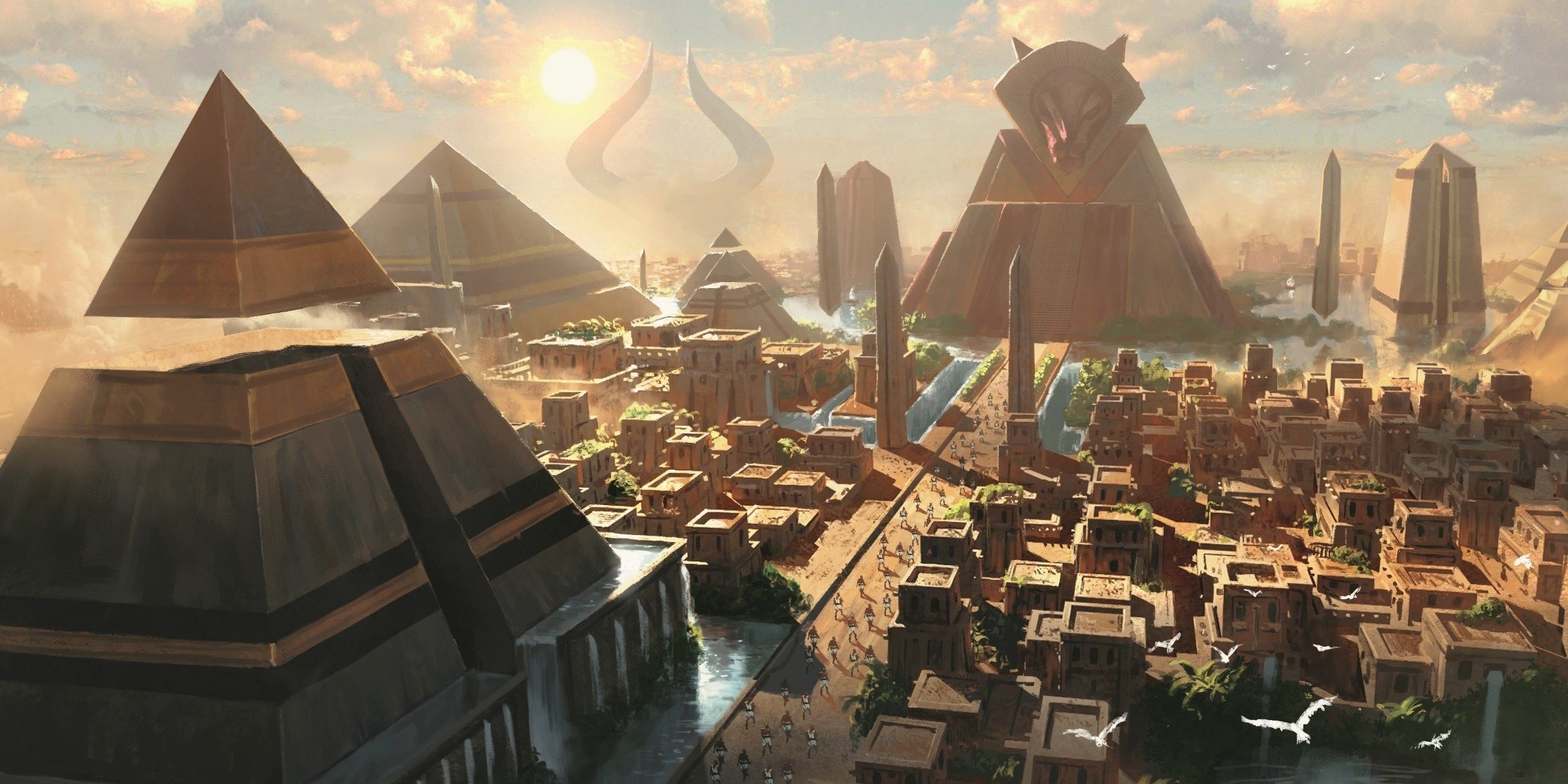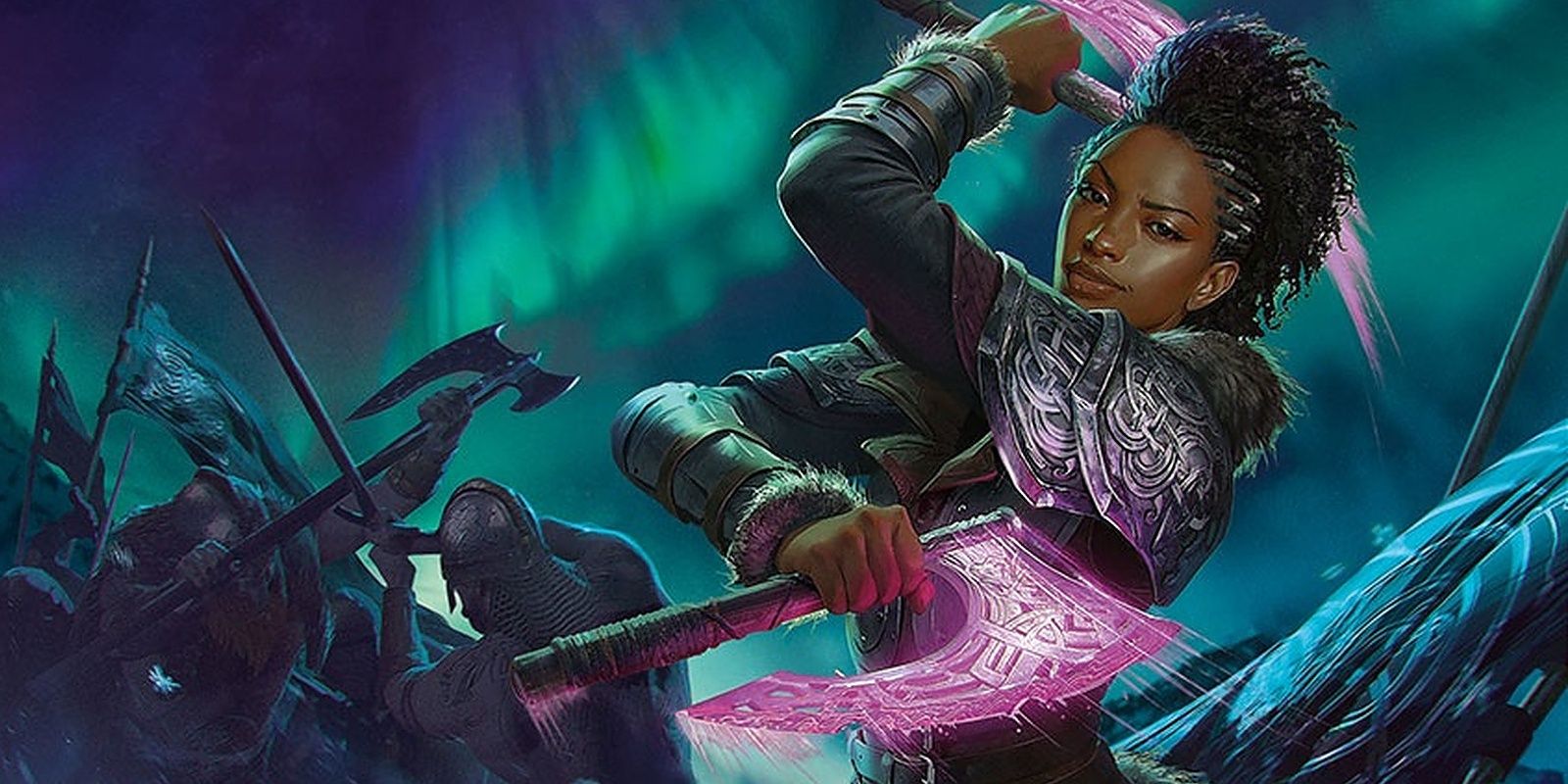The first-ever trading card game was Magic: The Gathering, launching all the way back in August 1993. The game sold well and expanded its fanbase quickly, but all the same, this game underwent many changes from the 1990s to now. Partway through this game's evolution, its designers at Wizards of the Coast decided to start releasing expansion sets in groups, rather than releasing them alone.
Early expansions such as Homelands, Legends and Antiquities were standalones, but the Ice Age and Alliances sets worked together, sharing a setting, gameplay themes and more. Soon enough, Wizards began releasing entire blocks of cards, but even then, the game was still changing. Blocks arrived, underwent some changes, then vanished once again.
The Three-Block System of M:TG
From the late 1990s to the mid-2010s, Wizards of the Coast used the three-block model for releasing expansion sets. During that time frame, aside from products like starter decks and Commander pre-cons, Wizards would release one Core Set per year and all three sets of a block within 12 months. Core Sets operated alone and were designed as an on-ramp for new players, while blocks were meant for experienced Magic players.
Under this model, a block would be made up of three sets, and sets could be either large (around 250 cards) or small (around 150 cards). A block would have a mix of small and large sets, with large-small-small being the default, such as the original Mirrodin block or the Theros block. The first set would establish the block's setting and gameplay style alike, and the following two sets would continue those themes but add new details along the way, including creative twists on the first set's mechanics and ideas.
This also affected how games of booster draft Limited worked. When a block's first large set came out, players would draft using three packs of that set. When the next set came out, the draft would be a mix of the two sets, and when the third set came along, things got even more complex. In some blocks, the third set would be drafted by itself, since the third set would feature a mechanical reboot; that is, it had different mechanics, keywords and strategies than the first two sets.
The original Zendikar block is a good example, with the Zendikar and Worldwake sets being similar to each other and being drafted together. The third set was Rise of the Eldrazi, which was a large set rather than a small one, and it was drafted alone. Meanwhile, the Khans of Tarkir block was the final three-set block with a unique twist. The middle (and small) set was Fate Reforged, which could be drafted either with the large Khans of Tarkir set or the large Dragons of Tarkir set, but not both at once.
The Two-Set Block Model of M:TG
Wizards of the Coast then switched to the two-set block model. This meant that two blocks would be released every twelve months, at the expense of a Core Set (with the exception of Magic Origins). Under this model, every block follows the large-small model, and booster draft events would first feature three packs of the large set, then two packs of the small set and one of the large set to create a draft environment that would evolve and change over time.
The idea was that a two-set block model would avoid what Mark Rosewater calls "third set fatigue," where players might get tired of a block by the time the third set came out. Also, the two-set block model allowed Wizards to explore two worlds instead of one per year, adding to the game's variety. The first two-set block was the Battle for Zendikar Block, followed by, Shadows Over Innistrad and the artifact-oriented Kaladesh block (which featured some problematic colorless artifacts). Next up was the graveyard-oriented Amonkhet block, and the Ixalan block concluded the two-set block model. After that, this block model was retired entirely.
Standalone Expansions: M:TG's Current Era
Wizards of the Coast then decided to make its system even more flexible by doing away with blocks entirely. At the same time, Core Sets were brought back, starting with Core Set 2019. Now, whenever Wizard visits a setting, the game will stay there for as long as it needs to, then move on when the time is right. For example, the worlds of Ikoria, Eldraine, Zendikar and Kaldheim have been visited in one large set each, but Ravnica is a different story. Once the Ixalan block concluded, Wizards spent three sets in a row on Ravnica, ending with the Planeswalker-heavy War of the Spark set.
Functionally, this was a three-set block, but Wizards doesn't have to follow that model for all current releases. Wizards needed three sets to tell the tale of Ravnica, and that's what it used. Ikoria, Kaldheim and Eldraine didn't need three sets, so they got one each. In fact, Wizards originally planned for the Dominaria set to be a two-set block, but that idea was dropped, and the small set was scrapped entirely, making Dominaria a standalone set. For the foreseeable future, this solo-set model will continue, such as in the upcoming Strixhaven set, the next expansion after Kaldheim.




